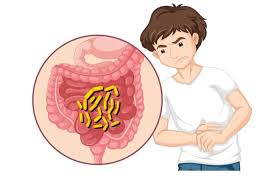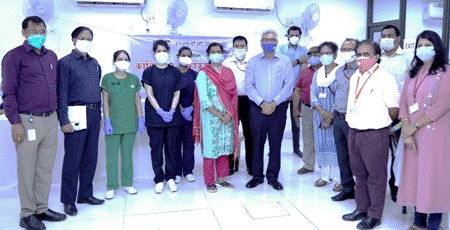A new study reveals a concerning link between pesticide exposure and an increased risk of stillbirth. Conducted by researchers from the Mel and Enid Zuckerman College of Public Health and the Southwest Environmental Health Sciences Center, the study highlights that living within approximately one-third of a mile from pesticide use prior to conception and during early pregnancy could elevate the risk of stillbirth.
The research, detailed in the latest issue of the American Journal of Epidemiology, examined data from over 1.2 million births and nearly 2,300 stillbirths in Arizona between 2006 and 2020. The findings underscore the significance of specific pesticides rather than just the general class of chemicals, suggesting that certain compounds pose unique risks to fetal health.
Key Findings:
- Exposure to select pesticides, including organophosphates, during a 90-day period before conception and the first trimester was associated with a heightened risk of stillbirth.
- Specific pesticides such as cyfluthrin, zeta-cypermethrin, malathion, carbaryl, and propamocarb hydrochloride were linked to increased stillbirth rates before conception.
- During the first trimester, fenpropathrin, permethrin, acephate, and formetanate hydrochloride were identified as having a significant association with stillbirths.
“Among organophosphates, acephate showed the strongest association, with exposure during the first trimester doubling the risk of stillbirth,” said Dr. Paloma Beamer, a co-author of the study. “Cyfluthrin, within the pyrethroid class, also significantly increased the risk when exposure occurred in the 90 days prior to conception.”
Pesticides and Health Risks: Pesticides, which include classes such as organophosphates, pyrethroids, and carbamates, are used to control pests in agriculture and domestic settings. They enter the body through various routes, including diet, household use, and agricultural drift.
Dr. Melissa Furlong, the study’s lead author, emphasized the importance of focusing on individual pesticide compounds. “Our findings highlight the need for more targeted research into specific pesticides rather than broader classes,” Furlong stated. “Pre-pregnancy exposure to these chemicals may have significant implications for reproductive outcomes.”
Pregnant women are particularly vulnerable to the effects of pesticide exposure due to physiological changes that occur during pregnancy. The study suggests that increased metabolic rates, altered hormone levels, and changes in the immune system could heighten susceptibility to pesticide toxicity.
Implications for Future Research: The researchers stress the need for further studies to fully understand the safety profiles of various pesticides and the mechanisms underlying pesticide-induced stillbirth. Developing strategies to mitigate exposure could be crucial in protecting both maternal and fetal health.
For more information on this study, refer to the article: Melissa A Furlong et al, Pre-Conception And First Trimester Exposure To Pesticides And Associations With Stillbirth, American Journal of Epidemiology (2024). DOI: 10.1093/aje/kwae198.
Journal Information: American Journal of Epidemiology











